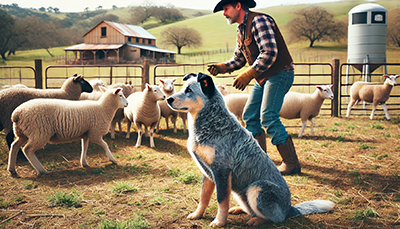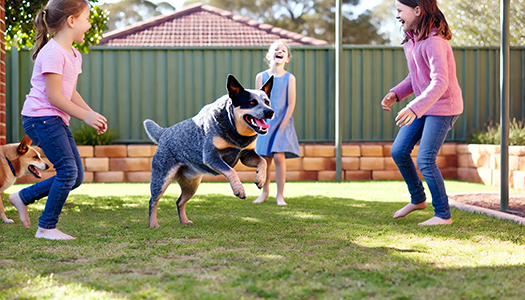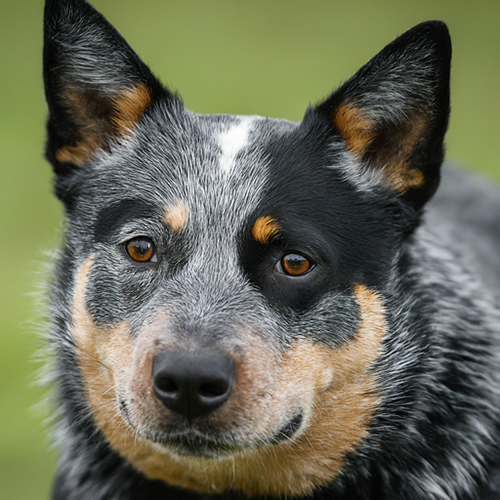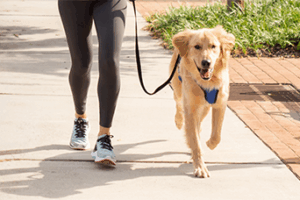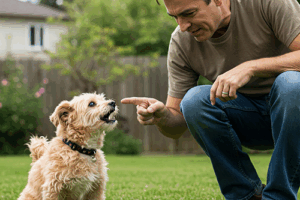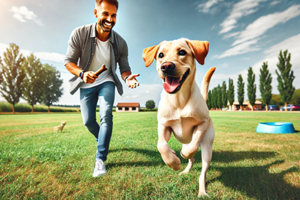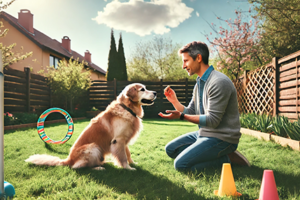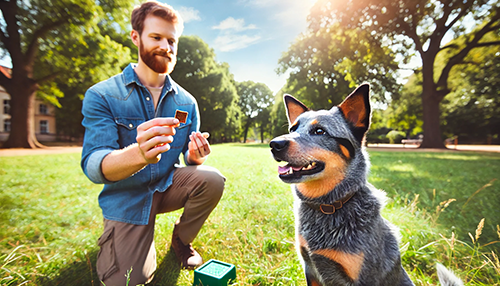
Australian Cattle Dogs are high-energy, loyal, and intelligent pets that make excellent companions. They are often used as herding dogs but can also make great family pets. While they can be a lot of fun, they can also be quite a handful if you don’t train them properly. If you’re looking for tips on how to train an Australian Cattle Dog, you’ve come to the right place!
How to Train an Australian Cattle Dog
Learning how to train an Australian Cattle Dog is essential to owning this intelligent and loyal breed. It is important to understand the breed’s instincts and tendencies, as Australian Cattle Dogs were originally bred as working dogs, so they have an instinct to herd, chase, and protect. Start training your ACD early to get the best results and be consistent. Positive reinforcement, such as rewards and praise, is the best way to motivate your ACD. Training sessions should also be kept short, as these dogs have short attention spans.
In addition to learning how to train an Australian Cattle Dog, you must provide them with plenty of exercises to stay healthy and happy. A consistent routine is also crucial for these dogs, as they thrive in an environment with structure and stability. Socialization is also an essential part of training this breed. Introducing them to different people, animals, and settings will help them become more well-rounded and well-behaved. Your Australian Cattle Dog will become a loyal and obedient companion with consistent training, exercise, and socialization.
Behavior Issues
These dogs are known for their high energy and intelligence but can be challenging to train due to their strong herding instincts and independence. Daily exercise is an essential part of training an ACD. Without good physical activity, they can become destructive and develop separation anxiety. Taking them for walks or hikes and providing plenty of toys and activities is a great way to keep them happy and healthy.
These dogs can be territorial and bark excessively at visitors or strangers. They may also become overly protective of their owners and may need to be socialized with other people and pets. This is why starting socialization early in the training process is essential.
Regarding training, ACDs can be resistant and need patience and consistency to learn commands. They may become bored quickly and require mental stimulation and physical exercise. To keep them engaged, use positive reinforcement such as treats, praise, and playtime to reward them for good behavior.
Cattle Dog Training Commands
- The first command to teach your new pup is “Sit.” This basic command should be used before feeding, before going on a walk, and before any other activity. To ensure your dog knows this command, it’s important to use treats as a reward and positive reinforcement.
- The following command to teach your pup is “Stay.” This command will help keep your dog safe and in control. You can use a treat or a toy to encourage your dog to stay in one place until you give the command to move.
- A third vital command to teach your dog is “Come.” This command should summon your puppy when it’s time to come inside or when you need them to come to you. Again, treats and positive reinforcement will help your dog learn this command quickly.
- The “Drop It” command should discourage your ACD from carrying something it shouldn’t. This could be a stick, a toy, or even food. Be consistent when using this command, and reward your dog with a treat or a toy when they obey.
- Finally, the command “Leave It” should be used to tell your pup to back away from something. For example, if your dog is about to grab something, it shouldn’t use this command to tell it to leave it alone. Again, reward your dog with a treat or a toy when it obeys.
You can effectively train your Australian Cattle Dog by using these commands and rewarding your pup with treats and positive reinforcement. With patience and consistency, your puppy will quickly learn these commands and be a well-behaved and obedient companion.
What are the Best Methods for Training an Australian Cattle Dog
In addition to obedience training, ensuring your pup gets plenty of exercise is essential. Regular physical and mental activity will help your dog stay healthy and focused. Building trust and respect between you and your dog is also essential. Establish clear boundaries and expectations to ensure your puppy understands the rules.
It’s also important to socialize your Australian Cattle Dog early and often. This will help them become more comfortable in new environments and around people and other dogs. Regarding training, break up sessions into short 10-15 minute chunks and always end on a positive note. Use toys and treats to keep your pup engaged and motivated. Finally, be patient and consistent with your training methods. With patience and consistency, you can train your dog effectively.
How Long Does It Take to Train an Australian Cattle Dog
It’s important to be consistent and patient during training, as Australian Cattle Dogs may become easily distracted and must be reminded of their commands. As your dog gets older and more familiar with their commands, you can introduce more complex activities such as agility training, obedience trials, and other activities.
Australian Cattle Dogs are clever and eager to learn, so it typically takes 6-12 months of consistent training to develop the skills needed for a well-mannered dog.
What Challenges Should I Expect When Training an Australian Cattle Dog
These loyal and intelligent dogs require a lot of attention and mental stimulation, so it’s vital to ensure you provide them with plenty of opportunities to exercise and engage their minds.
Australian Cattle Dogs can be pretty independent, so staying vivacious and earning their trust is necessary. Keeping their attention can also be difficult, so you must vary your training and keep the sessions short.
How Do I Know When My Australian Cattle Dog is Properly Trained
Make sure you remain consistent with your training methods and commands. Monitor your dog’s progress and track what it has learned and needs to work on. When your Australian Cattle Dog can follow orders consistently and respond to commands you give it, it is adequately trained.
Are There Any Tips or Tricks I Can Use to Make Training an Australian Cattle Dog Easier
Here are several tips to help you get started:
- Start with basic commands: The first step in training is teaching your ACD simple commands such as sit, stay, come, and leave. This will help them understand what is expected of them. Positive reinforcement is also crucial. Rewarding your pup with treats, praise, and attention when they do something correctly will help reinforce good behavior and make training easier.
- Consistency is vital: Sticking to the same commands and routines during training will help your pup understand what is expected of them and ensure they are learning effectively.
- Include playtime. Playtime is a great way to teach different commands and behaviors. It can help your pup practice management in a fun and engaging way.
- Socialize your pup: Socializing your dog is essential to help them become comfortable and confident in different environments. This can help prevent potential issues when they are around new people and dogs.
Following these tips can help your ACD learn the skills they need to be a happy and well-behaved dog.
DISCLAIMER: The information on shihtzudoginformation.com is intended for general knowledge and informational purposes only. The content is not a substitute for professional veterinary advice, diagnosis, or treatment. Always seek the advice of your veterinarian or other qualified animal health provider with any questions you may have regarding your dog’s health or medical condition.
References
- American Kennel Club (AKC) – https://www.akc.org/dog-breeds/australian-cattle-dog
- Australian Cattle Dog Club of America – http://www.acdca.org/training-and-obedience
- The Spruce Pets – https://www.thesprucepets.com/australian-cattle-dogs-1117990
- Vetstreet – http://www.vetstreet.com/dogs/australian-cattle-dog
- PetMD – https://www.petmd.com/dog/breeds/c_dg_australian_cattle_dog
- Whole Dog Journal – https://www.whole-dog-journal.com/training/herding-dog-training-how-to-train-your-herding-dog
- DogTime – https://dogtime.com/dog-breeds/australian-cattle-dog

